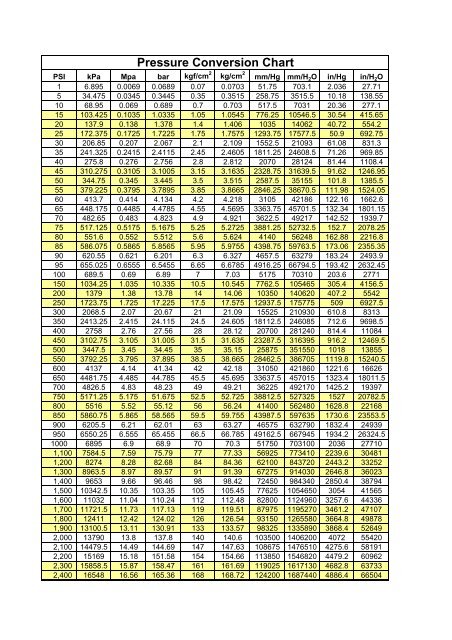


private vehicles, include the additional weight, unfamiliarity with the technology and lack of refueling infrastructure in some countries due to relatively small demand compared with other petroleum-based fuels such as gasoline and diesel. Other factors holding back NGV popularization for individual mobility applications, i.e. Although similar storage technologies may be used for and similar compromises would apply to a hydrogen vehicle as part of a proposed new hydrogen economy, methane as a gaseous fuel is safer than hydrogen due to its lower flammability, low corrosivity, and better leak tightness due to its larger molecular weight, resulting in lower price hardware solutions. The lower energy density of gases compared to liquid fuels is mitigated to a great extent by high compression or gas liquefaction, but requires a trade-off in terms of size/complexity/weight of the storage container and range of the vehicle. It is also possible to generate energy in a small gas turbine and couple the gas engine or turbine with a small electric battery to create a hybrid electric motor-driven vehicle.Ĭonvenient fuel storage and refueling is a key challenge compared to petrol and diesel vehicles because natural gas is pressurized and liquefied (in case of LNG). Diesel engines for heavy trucks and buses can also be converted and can be dedicated with the addition of new heads containing spark ignition systems, or can be run on a blend of diesel and natural gas, with the primary fuel being natural gas and a small amount of diesel fuel being used as an ignition source. Existing gasoline-powered vehicles may be converted to run on CNG or LNG and can be dedicated (running only on natural gas) or bi-fuel (running on either gasoline or natural gas). Methane is the cleanest burning hydrocarbon, and many contaminants present in natural gas are removed at the source. In a natural-gas-powered vehicle, energy is released by the combustion of methane gas ( CHĢ) from the air to form carbon dioxide ( COĢO) in an internal combustion engine. Natural gas vehicles should not be confused with autogas vehicles powered by liquefied petroleum gas (LPG), mainly propane, a fuel with a fundamentally different composition.
#Bar to psi conversion full
Symbols, abbreviations, or full names for units of length,Īrea, mass, pressure, and other types.2009 Honda Civic GX hooked up to Phill refuelling systemĪ natural gas vehicle ( NGV) is an alternative fuel vehicle that uses compressed natural gas (CNG) or liquefied natural gas (LNG). You can find metric conversion tables for SI units, as wellĪs English units, currency, and other data. It is the pressure resulting from a force of one pound-force applied to an area of one square inch.Ĭonversion calculator for all types of measurement units. The pound per square inch or, more accurately, pound-force per square inch (symbol: psi or lbf/in² or lbf/in²) is a unit of pressure or of stress based on avoirdupois units. Its official symbol is "bar" the earlier "b" is now deprecated, but still often seen especially as "mb" rather than the proper "mbar" for millibars. The word bar is of Greek origin, báros meaning weight.


The bar is a measurement unit of pressure, equal to 1,000,000 dynes per square centimetre (baryes), or 100,000 newtons per square metre (pascals). Psi to bar, or enter any two units below: Enter two units to convert From: You can do the reverse unit conversion from


 0 kommentar(er)
0 kommentar(er)
